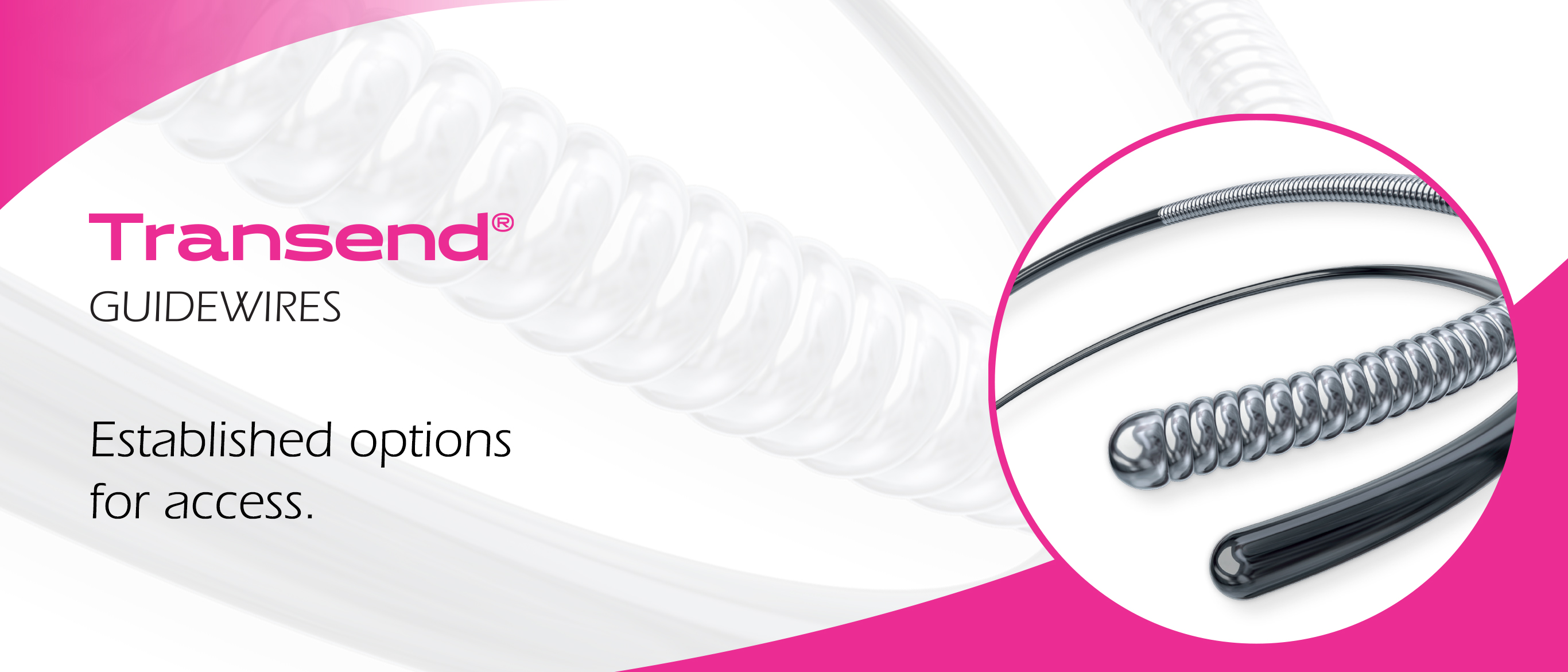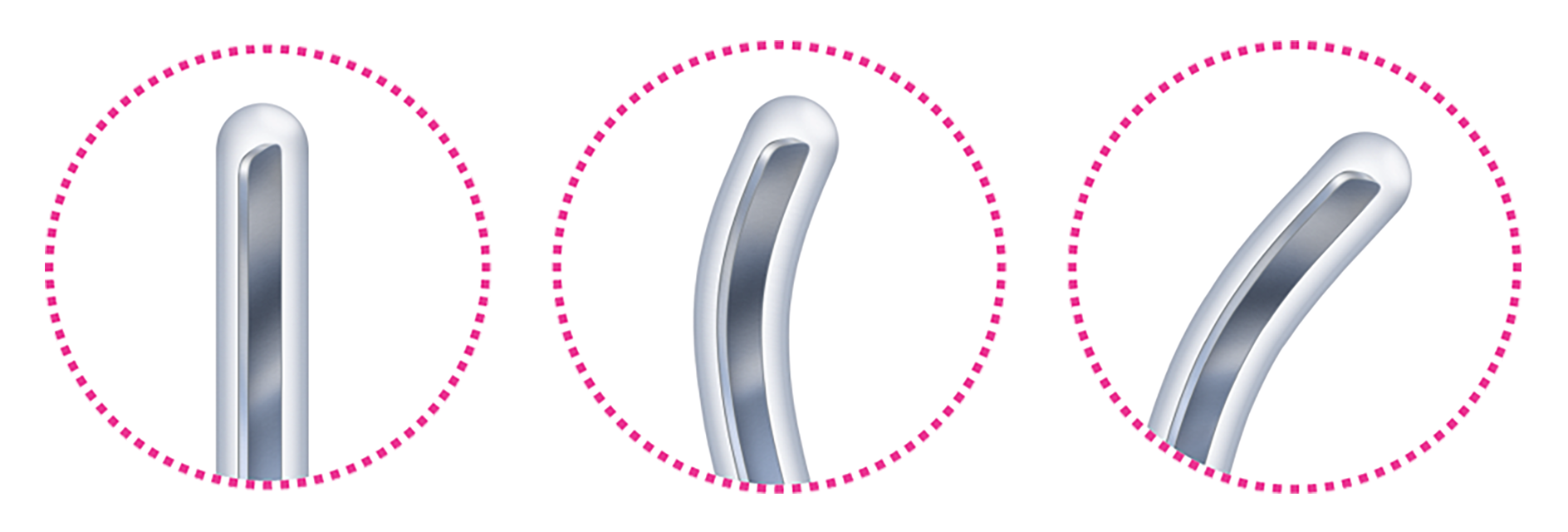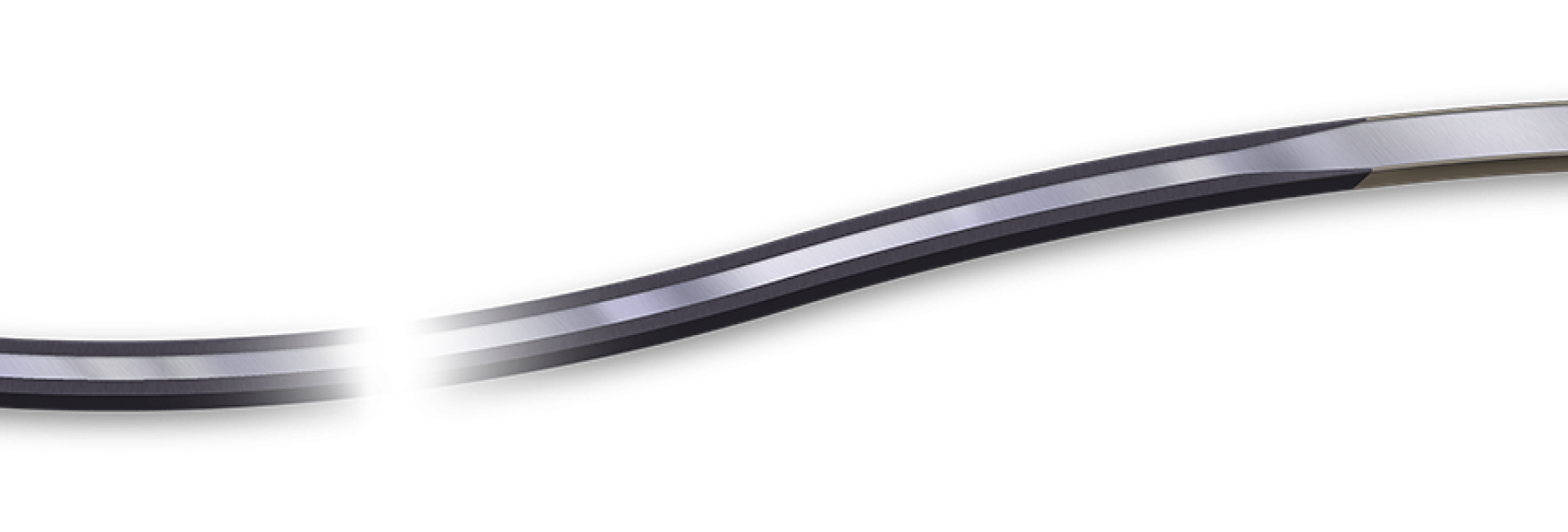INTENDED USE/Indications for use
The Transend 300 ES guidewire and Transend 300 Floppy guidewire are intended for general intravascular use, including the neuro and peripheral vasculature. The guidewires can be torqued to facilitate the selective placement of diagnostic or therapeutic catheters. These devices are not intended for use in coronary arteries. A torque device (pin vise) is included with the guidewire to facilitate directional manipulation of the guidewire.
Precautions
• This device should be used by physicians thoroughly trained in percutaneous, intravascular techniques and procedures.
• The Boston Scientific guidewire, the guidewire insertion tool, and the torque device are supplied STERILE and non-pyrogenic in unopened, undamaged packages. Verify that the sterility of the device has not been compromised by assuring package integrity has been maintained.
• If the integrity of the packaging has been compromised, do not use or attempt to resterilize. Contact your local Boston Scientific representative.
• Prior to a procedure, all equipment to be used for the procedure should be carefully examined to verify proper function and integrity.
• The outer diameter may reach up to 0.0145 in (0.37 mm) on the Transend 300 guidewire family
• Use a standard microcatheter and appropriate guiding catheter with either Transend 300 cm guidewire. Recommended guiding catheter specifications include a 90 cm length and a minimum ID of 0.050 in (1.27 mm).
• Check labeled diameter of diagnostic or therapeutic catheter and verify compatibility with the guidewire outer diameter prior to use.
• Due to the variations of certain catheter tip inner diameters, abrasion of the hydrophilic coating may occur during manipulation. If any resistance is felt during introduction of the catheter, use of a different catheter may be warranted.
• Inspect guidewire prior to use for any surface irregularities and bends or kinks. Damaged and/or irregular guidewires should not be used.
• Exercise care in handling a guidewire during a procedure to reduce the possibility of accidental breakage, bending or kinking.
• To avoid guidewire damage and possible shearing of plastic, do not withdraw or manipulate the guidewire through a metal needle cannula



